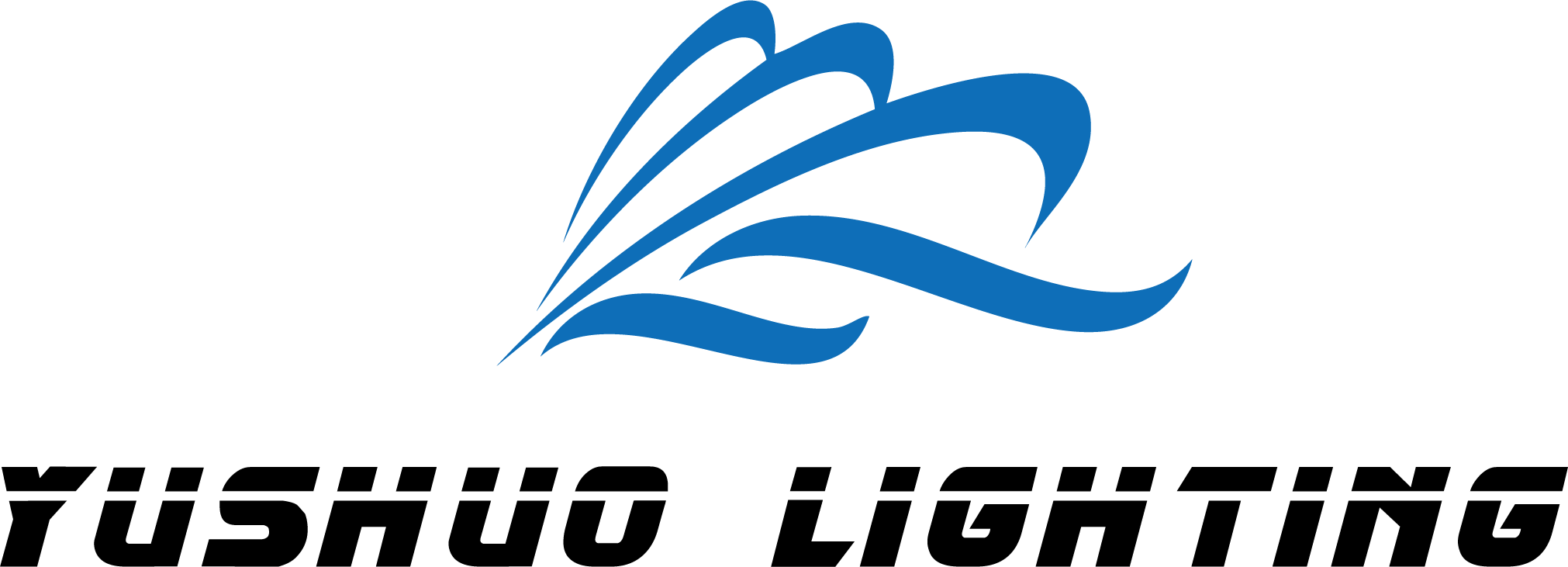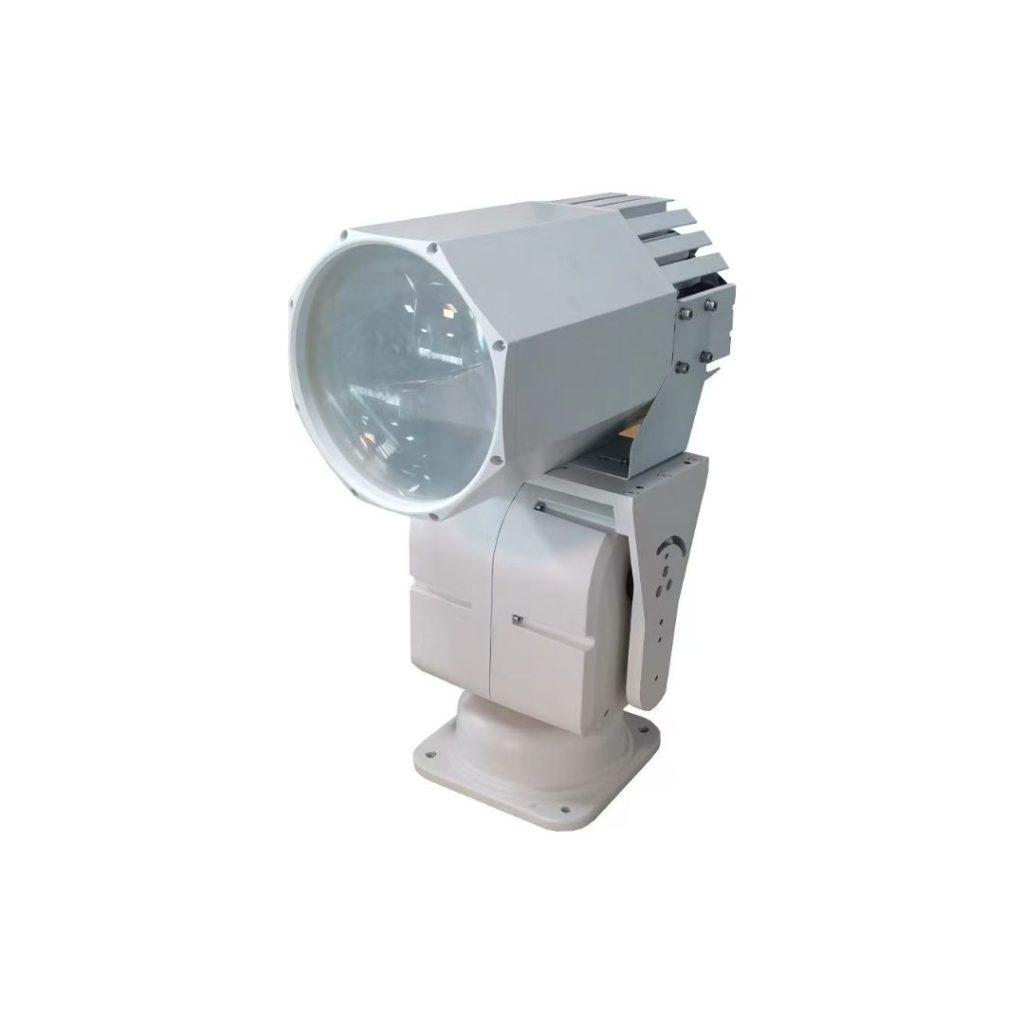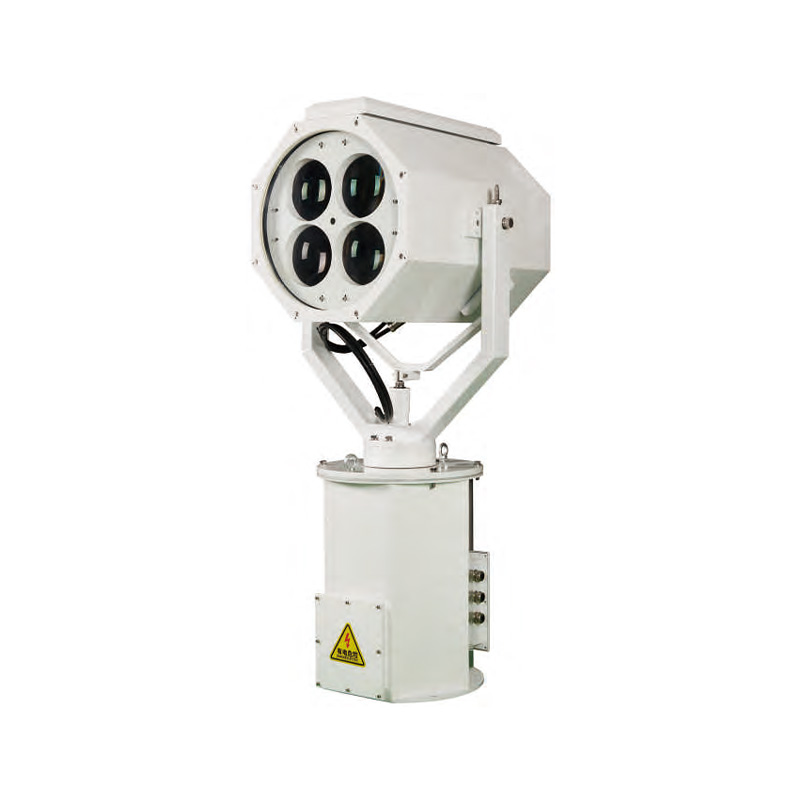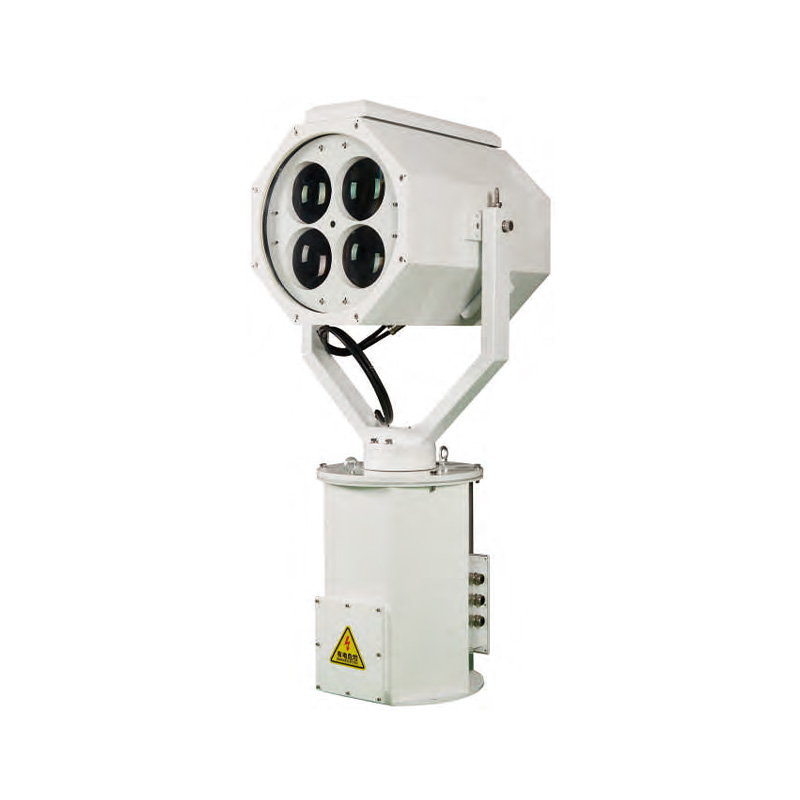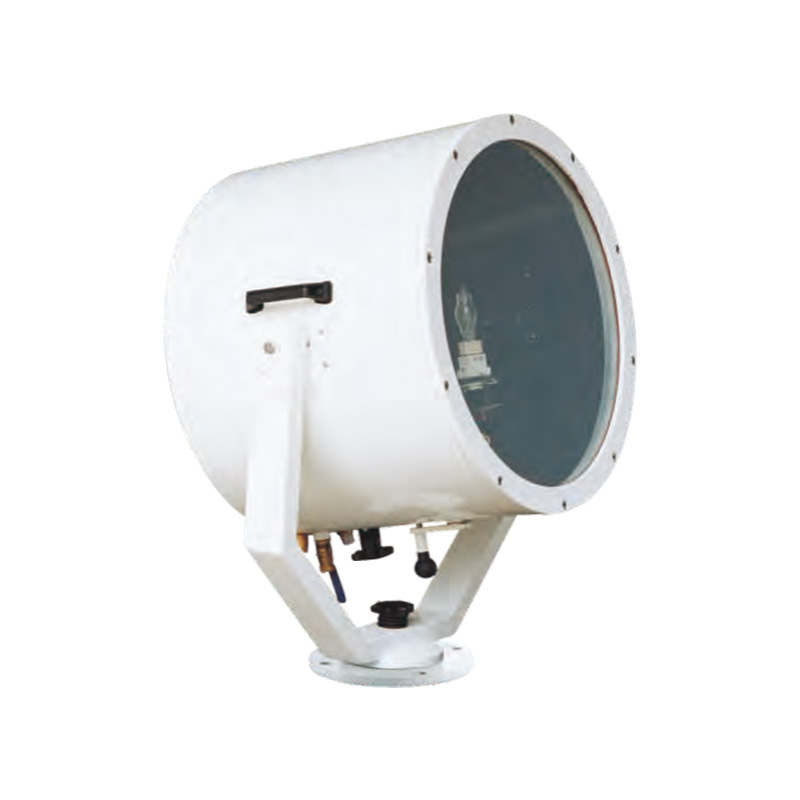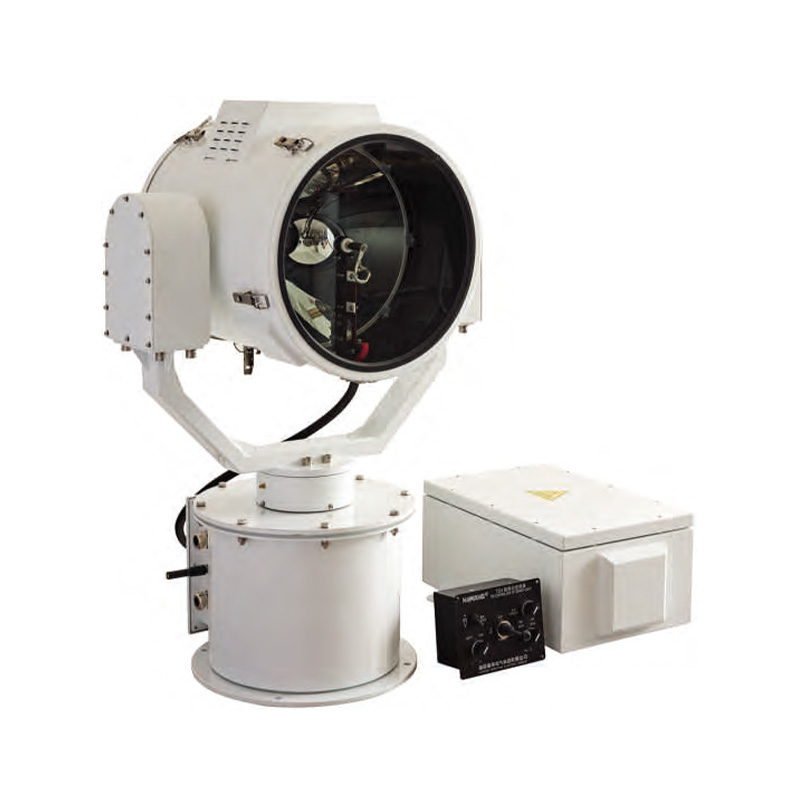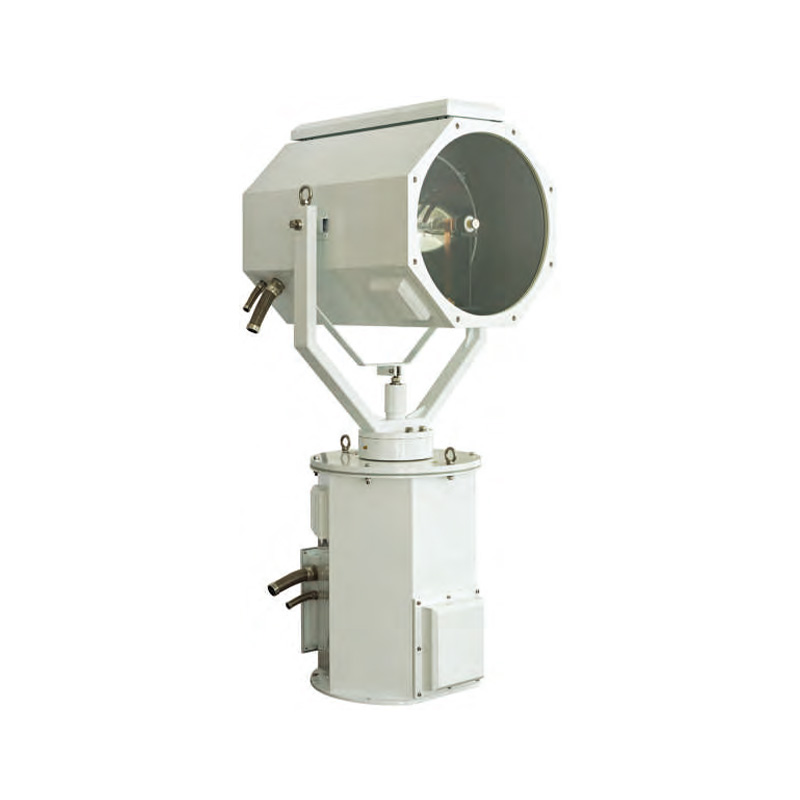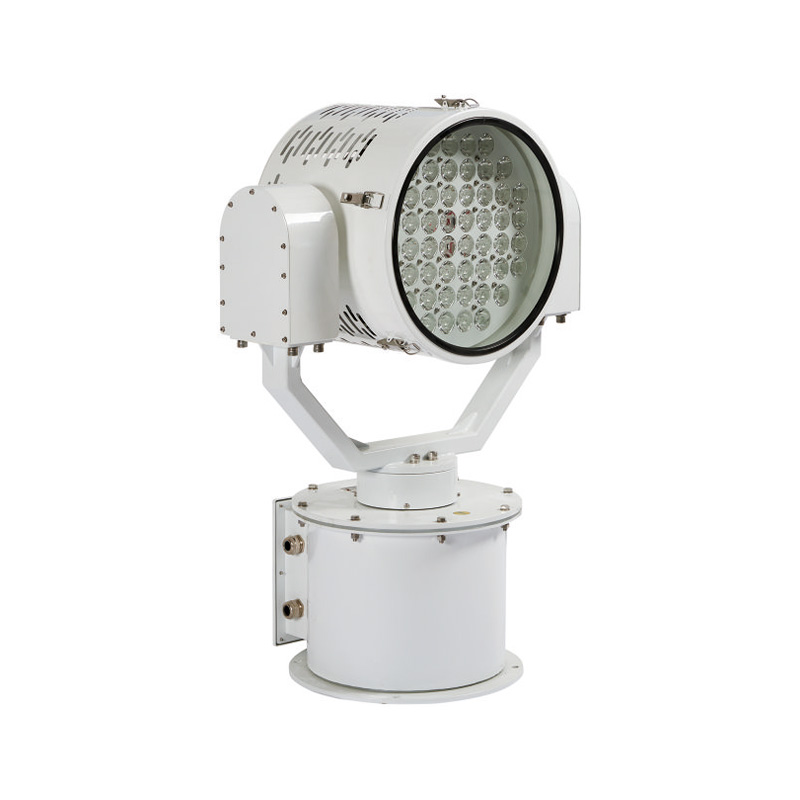Why Container Ship Vessel Need to Install Marine Searchlights
On the vast oceans, shipping container vessels resemble colossal steel behemoths gliding across the waters. These marines, loaded with cargo, connect ports across continents and drive the wheels of global commerce. Yet, navigating at night or in poor weather brings significant safety challenges. That’s where shipping container lighting, particularly by installing marine searchlights, plays a vital role in ensuring operational safety and enhancing ship visibility.
Table of Contents
Safeguarding Navigation Safety
In daylight, crews can rely on natural light. But come nightfall or adverse weather, visibility drops drastically—especially critical for massive container ships where each maneuver demands precision and visual clarity. Installing marine searchlights offers crews a powerful “second pair of eyes,” essential for making safe decisions.

Essential Equipment for Night Sailing
When sailing at night, the sea water, sky and surrounding environment are integrated, and traditional marine lights can hardly penetrate the darkness and clearly display the outline of the marine. However, the marine searchlights in container marine lighting can emit strong, concentrated beams of light to illuminate the waters ahead, helping the crew to detect obstacles, buoys and other potential dangers in advance, providing sufficient reaction time for marine steering, deceleration and other collision avoidance operations, and effectively reducing the risk of collision. For example, at a busy waterway intersection, after turning on the searchlight, its illumination range can cover hundreds of meters, allowing the crew to clearly observe the dynamics of surrounding marines and the boundaries of the waterway, so as to accurately control the marine and avoid collisions with other marines.
Navigational Guidance in Poor Weather
In complex waterways or port entries, weather can limit the visibility of lighthouses and buoys. Here, installing marine searchlights helps crews identify critical landmarks and maintain the correct course. These lights can also highlight shorelines and reefs, lowering the risks of grounding or accidents.
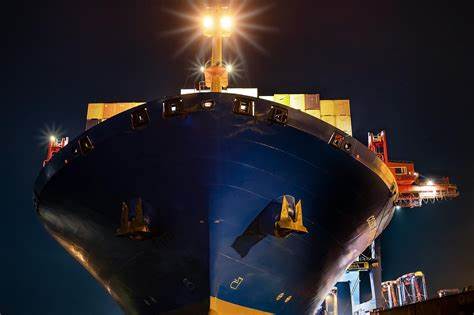
Lighting & Signaling Functions in Distress Rescue
In emergencies, searchlights can illuminate target zones, flash signals, or serve as temporary communication tools. For example, if a crew member falls overboard, a focused beam can mark their location for rescue boats or helicopters. The IMO (International Maritime Organization) recommends vessels be equipped with emergency illumination and signaling devices—further proof that installing marine searchlights is both a safety measure and a responsibility.
Structural Lighting Needs of Container marines
With the rapid increase in global shipping logistics demand, container marines have gradually moved towards ultra-large scale and high-density loading, and their structural complexity and operation intensity have continued to increase. This not only places higher requirements on hull design and mechanical configuration, but also brings unprecedented challenges to the lighting system at night and in low-visibility environments. Ordinary lighting equipment has long been unable to meet the increasingly stringent requirements of long-distance lighting, safety identification, and environmental adaptation.
Stronger lighting is needed to cover the huge hull
Container ships are one of the most common super-large marines in global shipping. Their length is usually between 300 and 400 meters. There are a large number of containers stacked on the deck, and they are equipped with multi-layer lifting systems and various equipment. Such structural characteristics make their lighting requirements far exceed those of ordinary merchant marines. Traditional floodlights or cabin lights cannot meet the requirements in terms of illumination range, brightness and penetration. For example, a conventional cabin light with a power of 100W usually has an effective illumination distance of only 10-20 meters, which is almost useless on the complex deck of container ships.
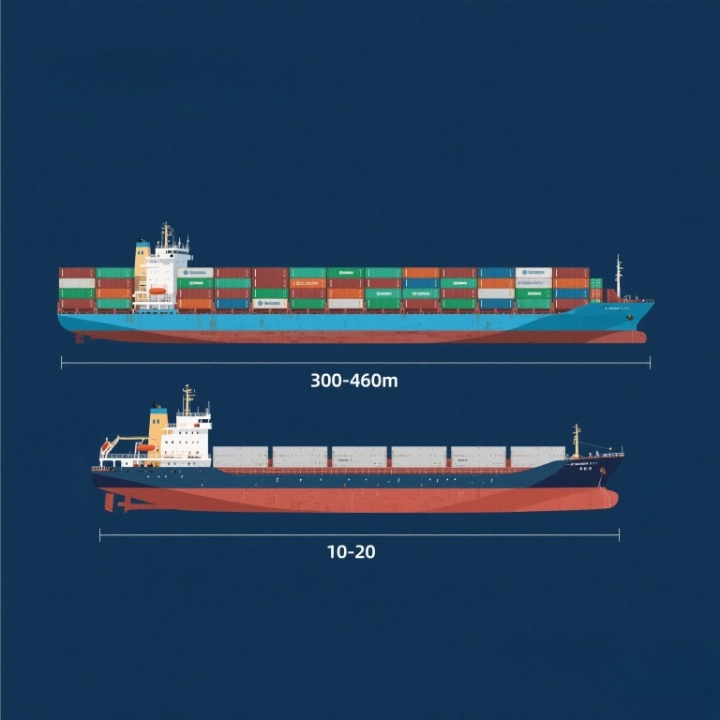
Marine searchlights have multiple advantages of strong focusing, high power, adjustable angle and long-distance lighting, which can provide stronger lighting coverage. The effective lighting distance of high-performance searchlights can reach more than 100 meters, and the illumination angle is precisely concentrated, which can easily illuminate the entire deck, lifting points, berth edges and water obstacles, ensuring the accuracy of night operations and navigation judgments. For large marines, the demand for lighting intensity is higher, and the breadth of precise lighting directly affects the efficiency and safety of operation. Therefore, only marine searchlights can achieve comprehensive lighting coverage and safety protection in such a huge marine structure.
Strategic Multi-Angle Lighting
The complex structure of a container vessel—cranes, masts, and towering cargo—creates numerous shadow zones. Fixed lighting can’t cope with all conditions. Modern searchlights, however, come with electric rotating mounts or multi-axis brackets, allowing 360° control and tilt adjustments. Whether illuminating ahead during night navigation or side-lighting for berthing, they ensure comprehensive ship visibility.
Searchlights can be placed on bridges, masts, or deck edges. A multi-point lighting strategy eliminates blind spots and reduces power load while increasing visual range. This full-coverage setup ensures not only that you “see,” but that you see clearly, far, and completely.
Requirements for High Temperature Resistance & Corrosion-resistant Materials
The marine environment is extremely harsh. The continuous effects of salt spray, high humidity, strong ultraviolet rays and temperature differences between day and night make it difficult for ordinary lighting equipment to be used for a long time. Especially on long-distance routes, if the lighting system of container ships is frequently damaged, it will seriously affect the operation and safety of the marine. For this reason, professional marine searchlights must have excellent corrosion resistance and weather resistance.
High-end marine searchlights are usually made of aviation-grade aluminum, stainless steel 304/316 or high-temperature resistant alloys, with excellent salt spray and UV resistance. With surface treatment technologies such as anodizing and electrophoretic coating, it can effectively prevent rust, cracking and aging. In addition, the protection level design above IP66 ensures that the equipment can operate safely in high humidity and rain erosion environments.
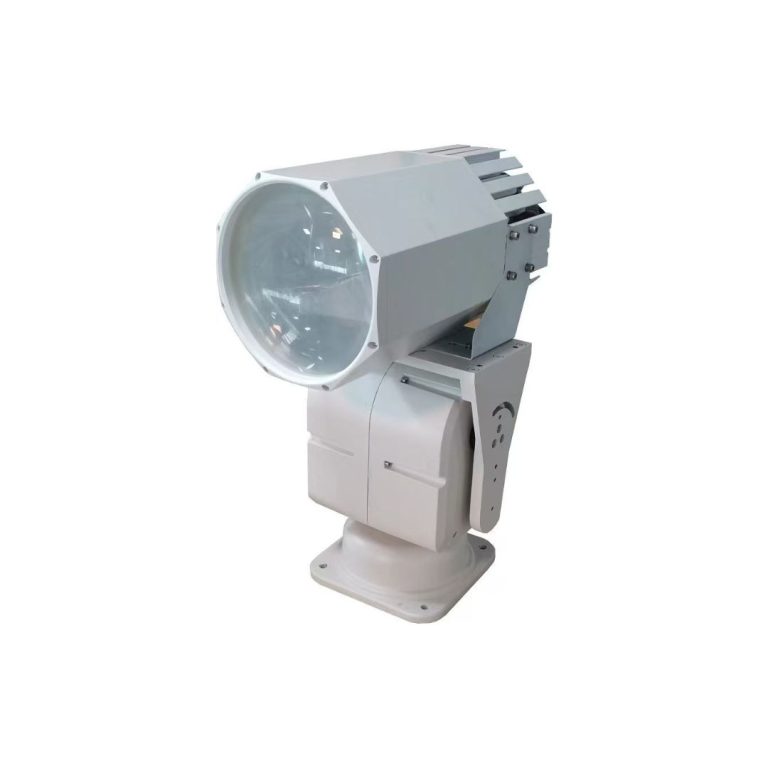
In order to cope with vibrations and violent shaking during navigation, searchlights must also have strong seismic structures and anti-loosening fasteners. Whether crossing the extremely cold Arctic Circle or docking in tropical ports, searchlights must maintain a continuous and stable working state to truly achieve the goal of “installing marine searchlights once, and lighting for ten years with peace of mind”. This highly adaptable material design is the core guarantee for improving ship visibility and lighting reliability.
Supporting Shipboard Operations
Operations like loading or maintenance require strong lighting. At night, poor lighting impairs safety and efficiency. Searchlights illuminate stacking zones and crane areas, helping workers accurately align containers. Good lighting reduces accidents like falling boxes or personnel injuries.
During checks or repairs, handheld searchlights allow crew members to inspect hulls, holds, and equipment even in dark corners—detecting leaks or damage early and preventing accidents.
Ensure the Safety & Efficiency of Deck Operations
When loading and unloading containers at night, the deck area is dimly lit, and operators face many safety hazards. The marine searchlight can provide uniform and sufficient light to illuminate key areas such as container stacking and crane operation areas, so that operators can clearly see the docking of the spreader and the container, ensuring that loading and unloading operations are carried out accurately and efficiently. At the same time, a good lighting environment can also help reduce accidents caused by poor visibility, such as container drops and personnel collisions, and ensure the safety of deck operators.
Assisting Ship Maintenance & Inspection
During the voyage of the marine, the crew needs to regularly inspect and maintain the hull, deck equipment, cargo holds and other parts to ensure the normal operation of the marine. At night or in low-light environments, the searchlight can be used as a mobile light source to provide flexible lighting support for the crew. They can hold the searchlight and go deep into every corner of the hull, carefully check the operating status of the equipment, detect water and oil leaks, and promptly discover and deal with potential faults to avoid navigation accidents caused by equipment damage.
Improve Ship Security Capabilities
As global maritime transport routes become increasingly busy, the security threats faced by marines when crossing high-risk waters are also increasing. In addition to natural environmental and operational risks, human factors such as theft, illegal boarding and pirate attacks also seriously threaten shipping safety. In these scenarios, marine searchlights are not only a powerful tool for operational lighting, but also a key security measure. Its high brightness, long range and flexible control characteristics make it an important equipment for container ships to respond to emergencies and enhance safety alert and countermeasure capabilities.
Deterrence & Prevention of Pirate Attacks
In waters with high incidence of pirate activities such as the Gulf of Aden and the Strait of Malacca in Africa, powerful searchlights have become one of the necessary defense weapons for container ships. When the radar detects that a suspicious target is approaching, the crew can immediately activate the searchlight to illuminate the target marine in a directional manner. The strong light beam not only makes the pirate marine nowhere to hide, but also interferes with its control and actions. Especially in night environments, the strong light can cause a temporary blinding effect, effectively disrupting its attack rhythm.
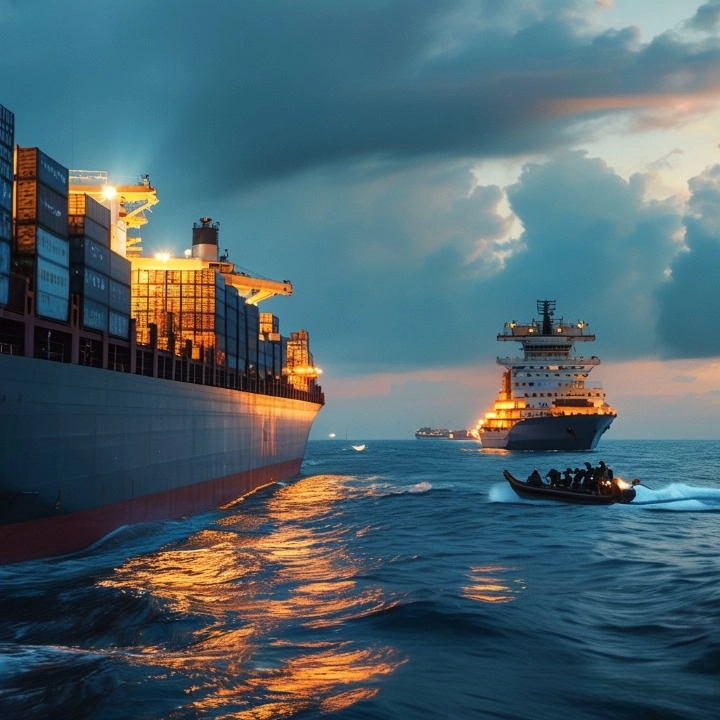
In addition, searchlights can also be used in conjunction with sound devices, broadcasting systems, and AIS broadcasts as part of a comprehensive defense system to send warning signals and deter potential criminals. If the situation is urgent, the crew can also control the searchlight to shine in a designated direction and send an optical distress signal to nearby ships or escort warships. With night vision devices and ship-borne monitoring systems, searchlights have achieved a “three-dimensional security chain” from deterrence, identification to alarm, greatly enhancing the ship’s response and rescue efficiency in the face of sudden attacks.
Monitoring the Surrounding Environment of the Ship
When moored at night or waiting for loading and unloading in the port, the marine is in a relatively “static” state and is more likely to become a target for criminals. At this time, the searchlight can be used as an efficient “active monitoring tool” to periodically scan the sea area around the ship, especially key areas such as the side, the rear deck, and the cargo hold entrance, to effectively detect suspicious activities and floating objects.
Compared with traditional surveillance cameras that rely on infrared and close-range fill light, the wide-angle coverage and long-range lighting advantages of searchlights can detect abnormal fluctuations on the water surface, small boats close to the hull, or potential threats hidden in the dark at the first time, and record the images in real time with the ship’s monitoring system. Some container ships even superimpose an automatic rotation tracking system on the basis of searchlights to build a “mobile light sentry” to further strengthen the full-time protection of the ship’s safety range. This all-weather, long-distance dynamic visualization capability not only prevents the theft of property and cargo on board, but also plays an irreplaceable role in protecting the personal safety of crew members and creating a high-alert atmosphere.
Requirements for Legal Compliance & Industry Regulations
During the shipping process of container ships, lighting is not only an auxiliary tool to ensure safety, but also a rigid requirement subject to multiple constraints of international regulations, industry standards and insurance policies. Especially on routes with frequent and high-intensity international trade, the configuration of marine searchlights is no longer a “icing on the cake”, but the basis for key links such as compliance operations, port acceptance and insurance underwriting.
Safety Regulations of the International Maritime Organization
According to the relevant provisions of Chapter II-1 and Chapter III of the International Convention for the Safety of Life at Sea (SOLAS), merchant marines with a deadweight tonnage of a certain standard must be equipped with fully functional emergency lighting, signal lights and indicator lighting systems. As an important part of night vision extension and emergency warning, searchlights are regarded as one of the necessary equipment for ships to “self-protect” in severe sea conditions and high-density routes.
In addition, when formulating technical rules for navigation safety, IMO clearly requires that lighting for specific purposes should meet the technical indicators of “long distance, strong penetration, and anti-interference”, which puts forward substantial requirements for the performance of searchlights. Whether sailing through international straits or during storm seasons, equipping ocean-going cargo marines with searchlights that meet specifications has become a key prerequisite for obtaining navigation permits and port clearance.
Port and Waterway Access Requirements
In most large ports around the world, such as Singapore, Rotterdam, and Los Angeles, berthing operations are usually carried out at night or during periods of low visibility. In order to ensure accurate transmission of shore lifting and navigation instructions, ports require marines to have sufficient deck lighting capabilities and be able to quickly adjust the lighting angle and brightness according to operating instructions.
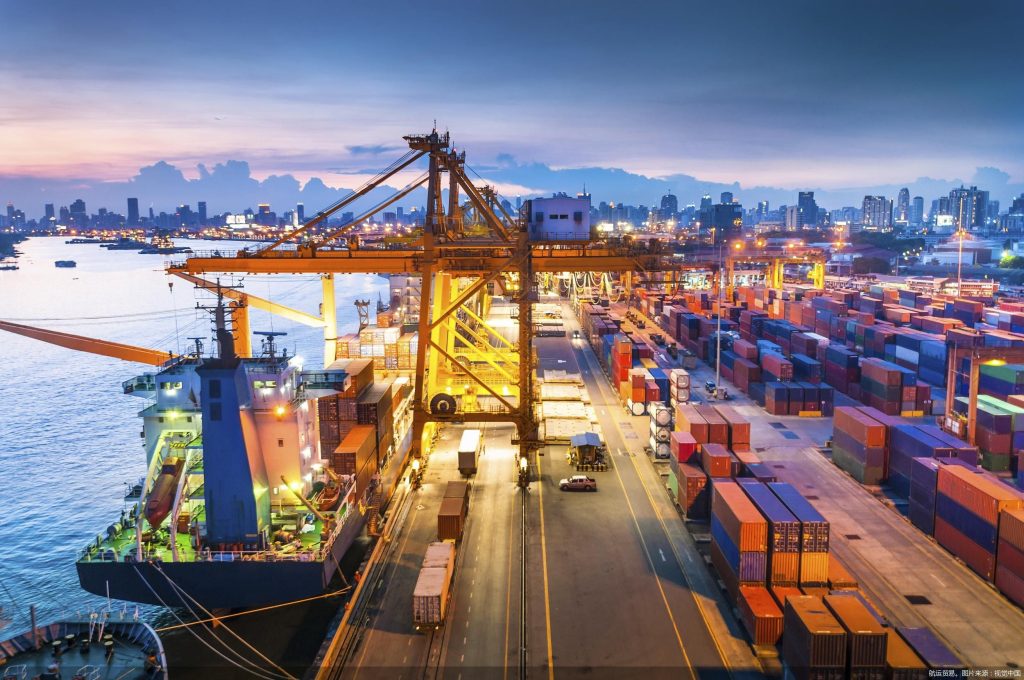
Searchlights play an irreplaceable role here – their centralized, long-range, and controllable characteristics allow port staff to clearly observe the hull outline and operating area even in bad weather or insufficient light, thereby avoiding accidents such as loading and unloading delays or mechanical collisions. This not only improves port traffic efficiency, but is also directly related to the operating timeliness and economic costs of container ships.
Shipowner Liability & Insurance Audit Items
In the international shipping insurance system, the completeness of safety configuration is one of the core factors affecting policy approval, compensation scope, and premium level. Searchlights are key equipment to ensure the visibility and safety of marines at night. If they are missing or not properly maintained, they will be regarded as a risk hazard, resulting in an increase in premiums or difficulties in claims when an accident occurs.
For example, some insurance companies will clearly require in the policy terms that searchlights must be certified and maintained in effective operation, otherwise they will be regarded as “failure to fulfill reasonable precautionary obligations”. Therefore, for shipowners, investing in high-quality marine searchlights is not only a technical requirement for safe operation, but also a strategic decision to reduce operational risks and improve insurance underwriting pass rates at the management level.
Installing marine searchlights is not only for self-protection, but also a respect and responsibility for the safety of others. It plays an irreplaceable role in ship visibility, operational safety, security capabilities, and distress rescue. With the continuous development of navigation technology, the importance of ship visibility has become increasingly prominent, and the searchlight in container ship lighting is one of the key means to improve ship visibility. It will always illuminate the long voyage of container ships and escort the stable development of global maritime trade.
